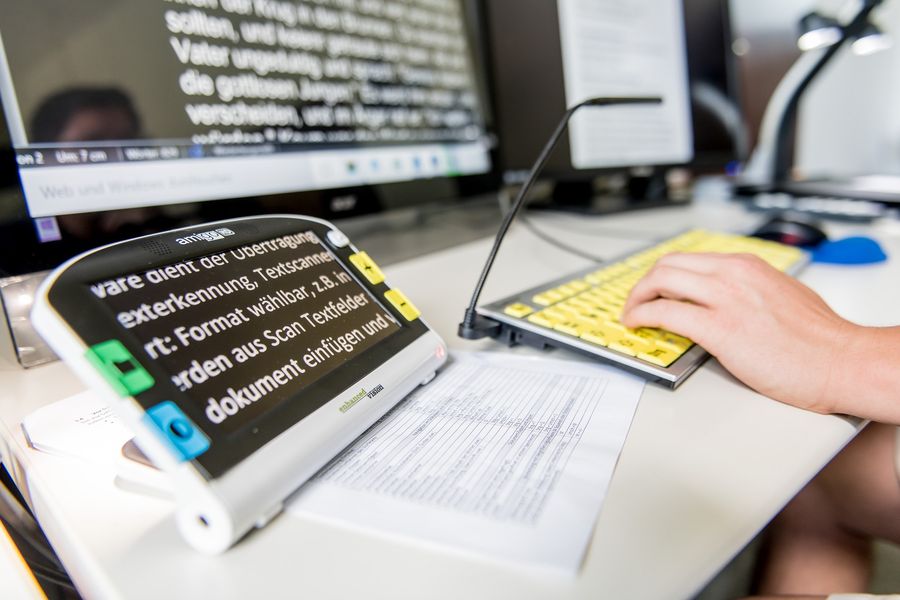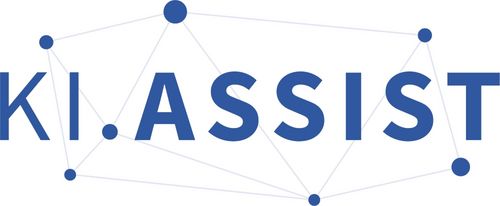The innovation spaces (in German Lern- und Experimentierräume, LER for short) form the core of the "Exploration" cluster in the KI.ASSIST project. In these rooms, the use of AI-based assistance technologies in vocational rehabilitation is tested with people with different disabilities, trainers and specialists. Three vocational rehabilitation centres, three vocational rehabilitation centres for young adults with disabilitiesand three sheltered workshops are participating in the project. Exploration means that we are entering new territory with the project. We hope to gain as much relevant knowledge as possible in the innovation spaces designed together with the vocational rehabilitation facilities in order to sustainably strengthen the professional participation of people with disabilities with the help of AI technologies.

What are innovation spaces?
Digitalisation is changing our working world and constantly creating new challenges. The German Federal Ministry of Labour and Social Affairs (BMAS) has therefore been promoting innovation spaces since 2018. These are intended to support companies and their employees in conjointly shaping the future working world. The focus lies on the individual and his or her abilities. In addition to curiosity and creativity, an open and trusting exchange is needed, as well as the willingness of all participants to make mistakes. The innovation spaces provide a protected framework in which companies, employees and social partners can work together to develop and test tailor-made solutions to the challenges of a changing working world.
More information can be found on the website: www.experimentierräume.de
We found the concept of innovation spaces very suitable for the research approach in KI.ASSIST and decided to adapt it in our project.
Our KI.ASSIST innovation spaces are formats in which we collaborate with people with disabilities and professionals to test AI-based assistance technologies. Each test scenario will be different because the needs of local actors vary.
The design of each innovation space is based on a systematic process. For example, in addition to an extensive analysis of the needs of people with disabilities, vocational rehabilitation facilities and framework conditions on site, we conduct design thinking workshops, train the actors in digital skills, and evaluate the implementation of possible technologies via feasibility analyses. Each step in this process is planned, implemented and documented in detail.
The testing of the AI-based assistance services is accompanied by an external evaluation in order to learn, for instance, which technologies are particularly useful for people with disabilities and what opportunities and risks may be associated with them.
